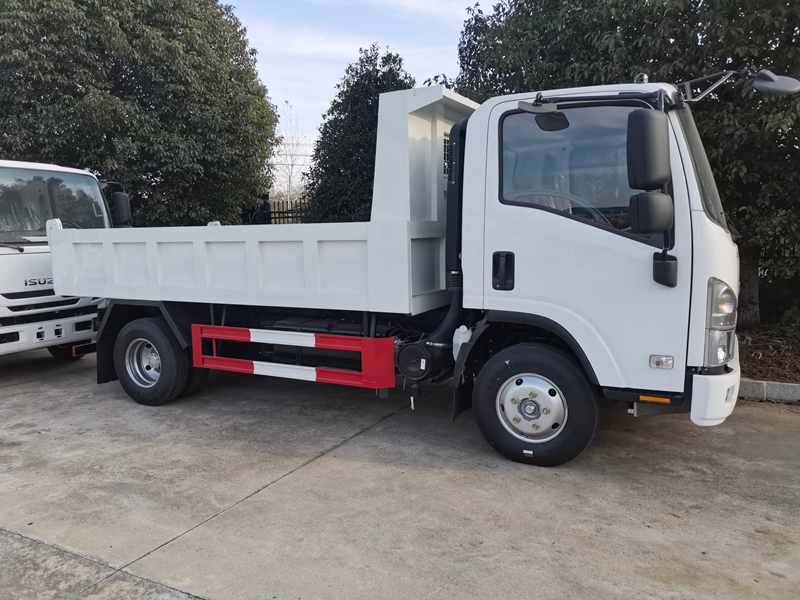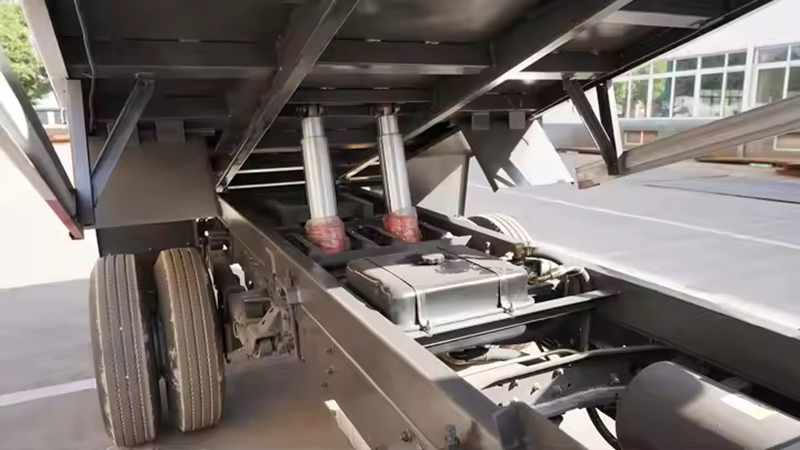

When it comes to heavy-duty transportation for loose materials, the choice narrows down to two popular conveyances: dump trucks and dump lorries. But what sets them apart, and more importantly, which one aligns with your specific needs? Let’s delve into the core differences and applications of each to help you make an informed decision. 

Dump trucks, often seen on construction sites, are known for their robust build and the ability to offload materials at the flip of a switch. These vehicles are versatile, making them suitable for a variety of tasks including construction, mining, and agriculture.

In contrast, dump lorries are typically larger and are designed for the transportation of heavier, bulkier materials over longer distances. They are a common sight in industries that require the movement of large quantities of cargo, such as mining and waste management.
When deciding between a dump truck and a dump lorry, consider the type of material you’ll be transporting, the distance of travel, and the terrain you’ll be navigating. Here’s a quick comparison:
| Feature | Dump Truck | Dump Lorry |
|---|---|---|
| Typical Load Capacity | 10-15 tons | Up to 40 tons |
| Best Suited For | Short to medium distances, varied terrains | Long distances, heavy materials |
| Cost Implications | Generally more affordable | Higher initial investment |
As the construction and transportation sectors evolve, both dump trucks and dump lorries are seeing advancements in technology. Innovations such as electric powertrains and autonomous driving features are becoming more prevalent, which could impact your choice depending on your commitment to sustainability and technological integration.
Deciding between a dump truck and a dump lorry hinges on your specific operational needs. Assess the nature of your work, the scale of your projects, and your long-term goals. By making a choice that aligns with these factors, you’ll ensure that your heavy-duty transportation is as efficient and cost-effective as possible.